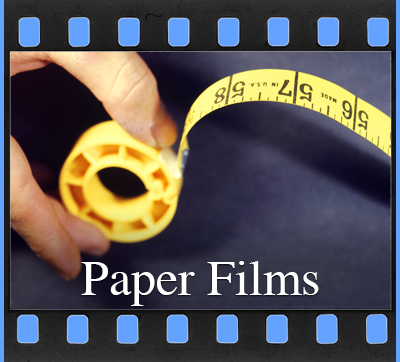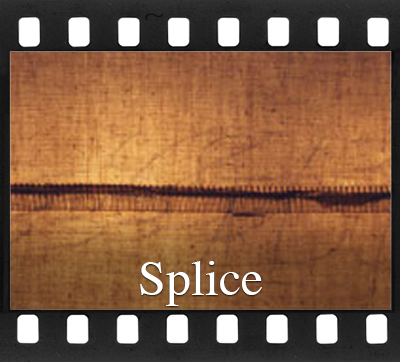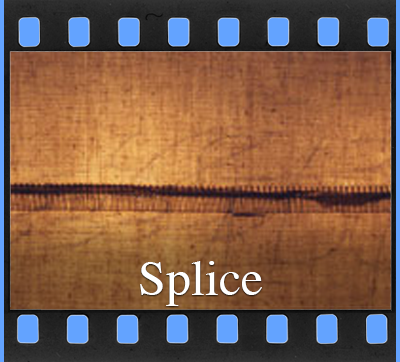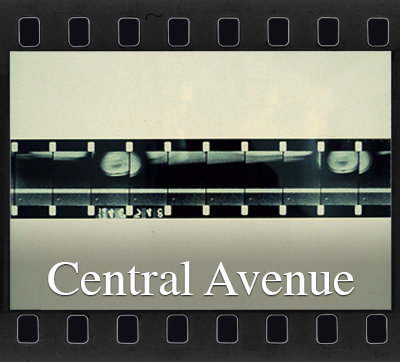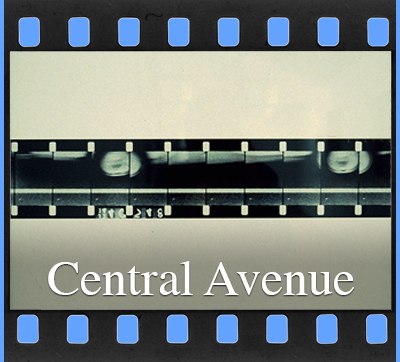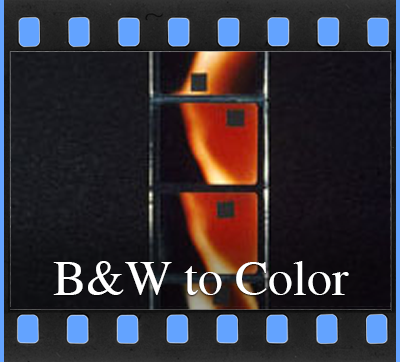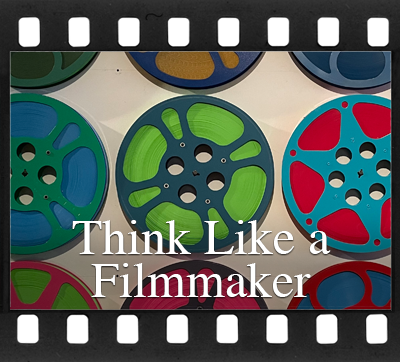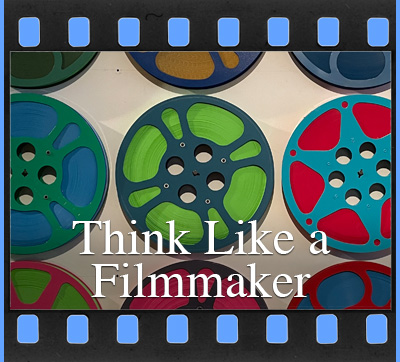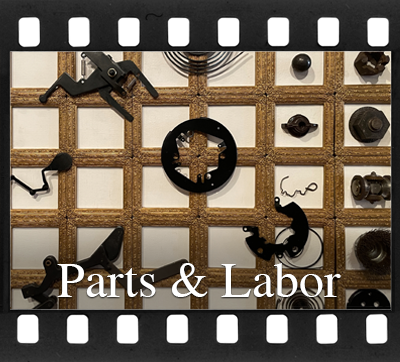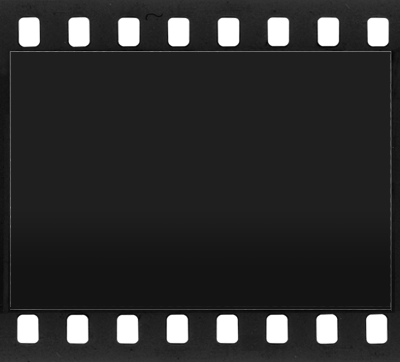Cine-Matrix
1977
Production Notes
156 3” X 4” Cardboard Rectangles
GRID: 26 Rows X 6 Rectangles Per Row
118.5” X 20.5”
During the late 1970s and early 1980's I made a series of photographic and sculptural works that explored ways of representing a range of essential cinematic "ideas," outside of conventional cinematic grammar. I made paper films -- some of them found objects re-imagined -- photographic collages, assemblages of cardboard and other materials, and a wide range of other conceptual works, all in search of alternative ways of expressing my love of cinema without necessarily making (actual) films.
CINE-MATRIX is a collage of 156 3’ X 4” cardboard frames, each cut out by hand from found pieces of cardboard (industrial detritus), during a 12-month period in 1977 – 1978. I accumulated a collection of thousands of cardboard frames, from which the organization of CINE-MATRIX took shape. It is an important work for me because it was the first large-scale piece I ever made that helped me understand and synthesize my intuitive affinities to found objects, to editing, to the possibilities of para-cinema, and to my love of filmmaking.
The work is structured in 26 rows, one for each letter of the alphabet. There are all sorts of playful relationships between frames – vertically, horizontally, and diagonally. CINE- MATRIX is aware of itself as a grid, as a series of filmstrips, as a linear structure, as something built out of random stuff, as a found object, and as an extremely precise constellation of visual information.
I’ve been interested in defining how frames can relate to one another across a cut –chorizontally, vertically, and diagonally – and how something that’s conceived in linear terms translates to become something entirely different when laid out as a grid.
Using cinematic models, Cine-Matrix exists one way. Using two-dimensional graphic/literary criterion, it becomes something else. I’m interested in both modes of analysis and description, wondering how I might create new one appropriate to both, yet unique to neither.
I’ve been exploring phrases like, “cognitive animation,” persistence of attention,” and “transcriptive cinema.”
What is the pre-requisite for calling something “cinema/”
Is it the persistence of vision?
Can there be cinema, can there be “cinematic,” without intermittent projection?
Is para-cinema to convenient a description?
Throughout its making, I have approached “CINE-MATRIX” as a cinematic experience – as a temporal experience. I call it a film ,yet all of its parts exist as a constellation able to be coordinated (read) simultaneously as they rest on the wall.
The experience of viewing the work must be similar or analogous to following a piece of sheet music – the score of pieces of music. One can follow the linear structure of the score, but one can also, simultaneously derive formal device, pattern, subtle “visual clues,” regarding variation, permutation, dynamics, and form. By looking back and by looking ahead, one is able to gain a temporal perspective.
Is a musical score merely a representation to someone with perfect pitch?
It would seem that the temporal arts all share this issue. After the concert, after the screening, when aspects f form – the elements of the work – are asked to stand still in the mind’s theater – to hold their place amidst the whole… is this experience one of synthesis in simultaneity? One can interpolate all the parts of the work, their relationships, and the aesthetic boundaries of the working process.
CINE-MATRIX starts as a frozen simultaneity, and ask the viewer to provide it with temporality. The experiential dynamics are inscribed within the act of reading/viewing the work. One simply follows the score.
Can written notes have sound?
- ✓ Production Notes
- ◻ Towards a Transcriptive Cinema
- ◻ PHOTOS
Cinema Expanded: Avant-Garde Film in the Age of Intermedia
by Jonathan Walley
Oxford University Press, 2020
pages 510 to 521



